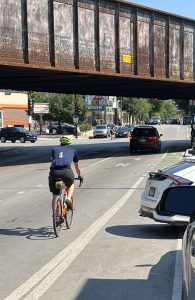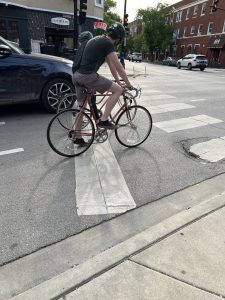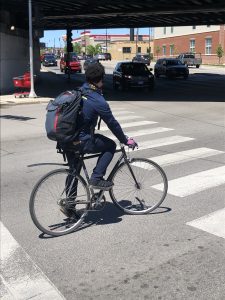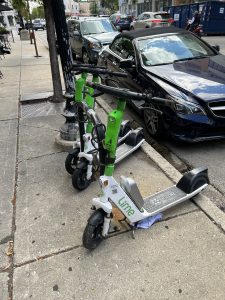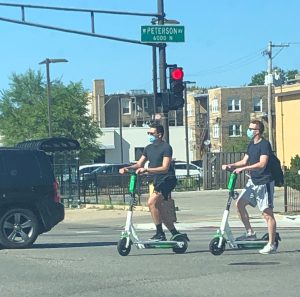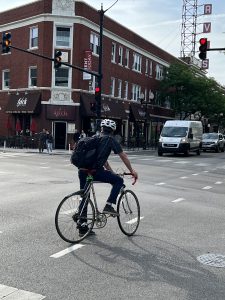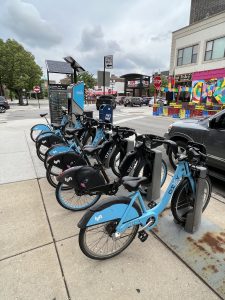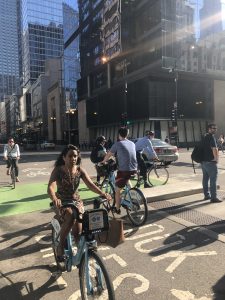The Illinois Supreme Court case of Galarza v. Direct Auto Insurance Co. represents a significant judicial decision impacting uninsured motorist (UM) coverage in Illinois. This case arose from an incident where Cristopher Guiracocha, a minor, was injured by an uninsured motorist while riding his bicycle. His father’s automobile insurer, Direct Auto Insurance denied coverage to Christopher arguing that he was not insured since he was on a bicycle and not in a vehicle at the time of the accident.
The Circuit Court initially granted summary judgment in favor of Direct Auto, agreeing with their argument that UM coverage did not apply as Cristopher was not an occupant of a covered vehicle at the time of the accident.
On appeal, the issue centered on whether the policy’s limitation of UM coverage to insureds occupying an “insured automobile” violated section 143a of the Illinois Insurance Code and was against public policy. The appellate court reversed the circuit court’s decision, finding that the policy’s terms were inconsistent with the statute and public policy, mandating broad UM coverage for “persons insured” under an auto insurance policy.
 Chicago Accident Lawyer Blog
Chicago Accident Lawyer Blog


